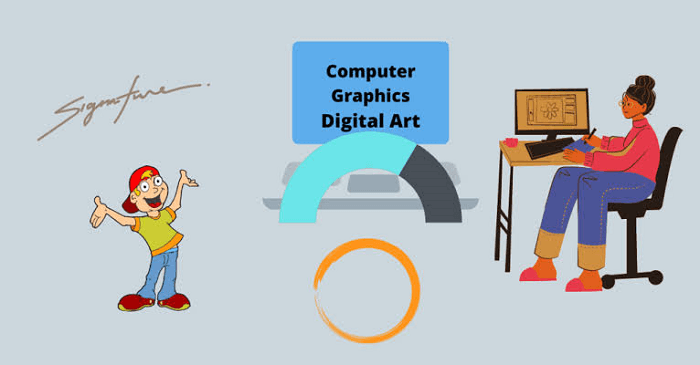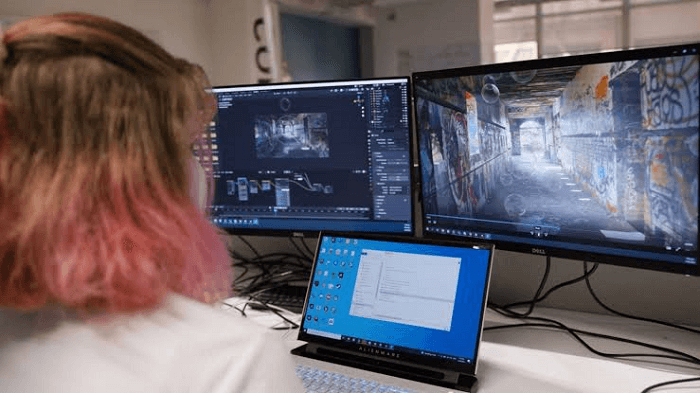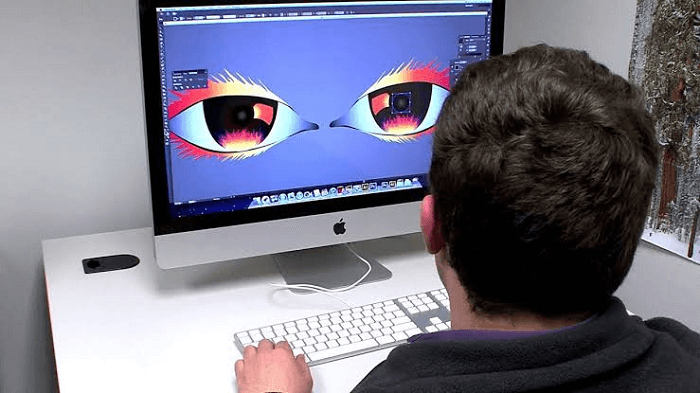Computer Graphics DefinitionThe field of computer graphics focuses on using technology to create works of art and pictures. Computer graphics are a fundamental technology used in many specialized applications today, including digital photography, movies, video games, digital art, mobile phone and computer displays. Numerous specialized pieces of hardware and software have been created, and computer graphics hardware now powers the majority of devices' displays. 
It is a modern and expansive field in computer science. Verne Hudson and William Fetter, computer graphics researchers at Boeing, came up with the term in 1960. It is frequently referred to as CG or, more commonly, as computer-generated imagery (CGI) in the context of movies. Computer science research focuses on the technical elements of computer graphics. 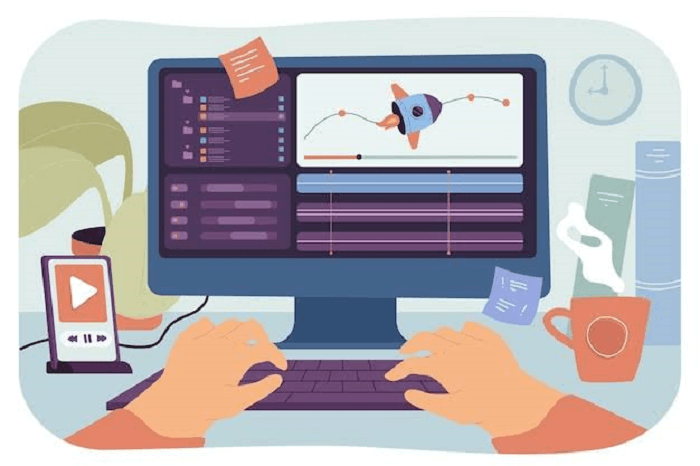
The task of successfully and meaningfully presenting art and visual data to the user falls to computer graphics. In addition, it's utilized to process visual data that comes from the real world, such pictures and videos. Animation, movies, advertisements, and video games have all undergone radical change as a result of the advancement of computer graphics. Understanding Computer GraphicsIn a broad sense, "roughly everything on computers which is not text or sound" has been referred to as computer graphics. Generally speaking, the word "computer graphics" can mean numerous distinct things:
Computer graphics are widely used today. These images can be seen in and on newspapers, television, and weather forecasts, as well as during a number of other medical tests and operations. Complex data may be presented in an easier to comprehend and interpret way with the help of a well-made graph. Such graphs are employed in the media to show papers, reports, theses, and other presentation materials. 
To display data, several technologies have been developed. Animated graphics, two-dimensional (2D), and three-dimensional (3D) computer-generated images are some of the numerous categories that it may be divided into. Although 3D computer graphics are more prevalent now thanks to advancements in technology, 2D graphics continue to be prevalent. A branch of computer science known as computer graphics has arisen to study techniques for digitally synthesising and modifying visual images. Other specialized fields have emerged over the past ten years, such as information visualization and scientific visualization, which are more focused on "the visualization of three-dimensional phenomena (architectural, meteorological, medical, biological, etc.), where the emphasis is on realistic renderings of volumes, surfaces, illumination sources, and so on, possibly with a dynamic (time) component." History of Computer GraphicsThe developments in the fields of electrical engineering, technology, and television in the first half of the 20th century served as the foundational sciences for the creation of contemporary computer graphics. Since the Lumiere brothers' use of mattes to produce special effects for the earliest films dating from 1895, screens have been able to display art, but such displays were constrained and non-interactive. The oscilloscope and the military's command panel, the more direct forerunners of the field, were made possible by the invention of the first cathode ray tube, the Braun tube, which was made in 1897. These devices offered the first two-dimensional display screens that reacted to programming or human input. But until the 1950s as well as the post-World War II era, computer graphics was hardly known as a field of study. At that time, the field was born out of a combination of purely academic research in universities and laboratories into more advanced computers and the continued military advancement of technologies like radar, and advanced aviation, and rocketry. In order to process the vast amount of information produced by these initiatives, new display types were required, which is how the field of computer graphics came to be. 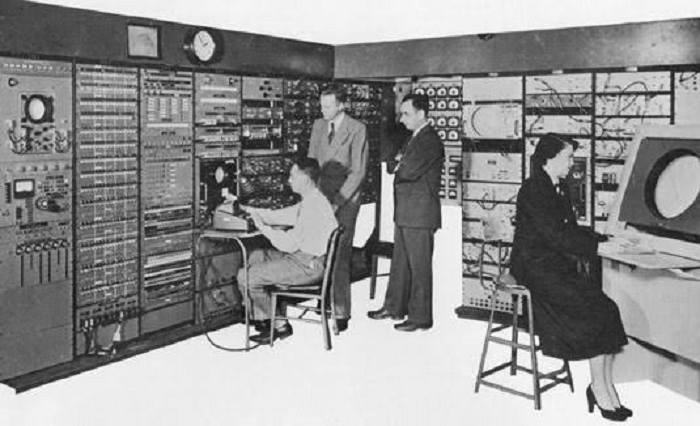
John Whitney was regarded as a pioneer and one of the early computer animators throughout the 1940s and 1950s. Early in the 1960s, William Alan Fetter, a graphic designer for Boeing America, became familiar with the phrase "computer graphics." With the introduction of graphics hardware, the phrase "computer graphics" was created. Additionally, it serves as a hub for hardware innovation that enables interoperability in computer graphics. The Lincoln Laboratory at MIT created the TX-2 in the 1950s, combining it with a number of unique interfaces. This program's creation also gave her the appearance of being Avan Sutherland, the father of computer graphics. Additionally, General Motors produced the DAC-1, the company's first designed fuel system. Images in Computer GraphicsComputer graphics come in a variety of forms, each of which has a specific application. For instance, the majority of games nowadays utilize three-dimensional graphics, but the majority of visuals use two-dimensional images. Two-DimensionalA two-dimensional graphic is one that was created digitally by a computer using methods that were identified by the models themselves. Originally intended for printing and drawing techniques including typography, cartography, industrial drawing, advertising, and more, these 2D images are mostly utilized in software for such purposes. These visuals in these applications serve as both a depiction of reality and an autonomous, stand-alone good with added value. Because they allow the image more immediate control than 3D graphics, these graphics are favoured in earlier ways. 
Three-DimensionalIn contrast to 2D graphics, which employ three-dimensional representations of the technical data contained in computers to do computations and create 2D visuals, 3D graphics are a subset of computer graphics. And Martin Newell's 1975 work at the University of Utah produced the first three-dimensional model. The original jug is housed in the National Museum of Computer History in California, the United States of America, and its form is present in most 3D programs. 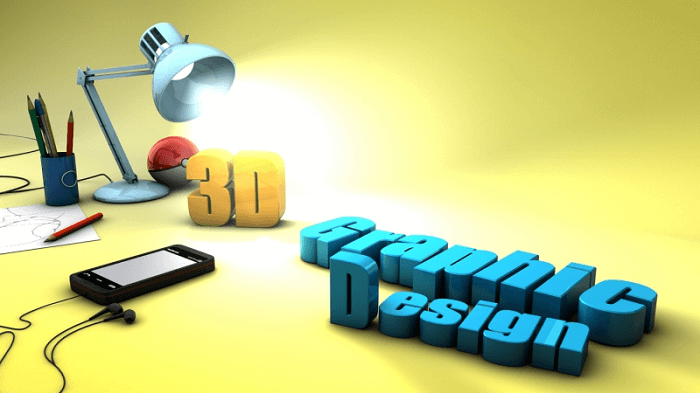
Types of Computer GraphicsA large majority of individuals are likely to see images on computers, smartphones, and tablets without giving the processing or screen presentation of the image any thought. That's wonderful if you're just using the picture for graphics purposes, but anyone who wants to create or edit computer graphics images has to be aware of the design of the image in question. Here it shall describe numerous types of computer graphics in this part. They are: 1. Vector GraphicsScalable vector graphics (SVG), another name for vector graphics, are very popular. Similar to connect-the-dot games one might have played as a youngster, these visuals are made of anchoring dots that are joined by lines and curves. These visuals are characterized as resolution independent since they are not dependent on pixels, making them infinitely expandable. No matter how big they are, their lines are precise and retain all of their beauty and detail. Additionally, these visuals are independent of the device they are displayed on, therefore the quality of them is not influenced by the amount of dots or pixels a printer or screen can produce. The files are quite minimal in size because they only include lines and anchor points. 
2. Raster GraphicsRaster pictures are created using small colored and toned dots or pixels as the building blocks. When a picture is zoomed in or magnified, pixels take on the appearance of tiny squares on graph paper. Digital cameras, computer scanners, or raster-based software are used to produce these images. There is a maximum number of pixels that each image may have; the number of pixels affects how well an image turns out. Resolution is what is meant here. At a similar or bigger size than the original, more pixels improve quality, but doing so also makes the file larger and requires more storage space. 
The resolution decreases with decreasing pixel count. The maximum image size that may be increased without pixel visibility is determined by resolution. On the other hand, a high-quality image printed at a tiny size will make the pixels "cram" together and make the image seem just as unprofessional as if there weren't enough pixels in a huge image. Application Of Computer GraphicsThe production, modification, and storage of many types of pictures and objects are all dealt with in computer graphics. Computer graphics may be used for a variety of purposes, including: 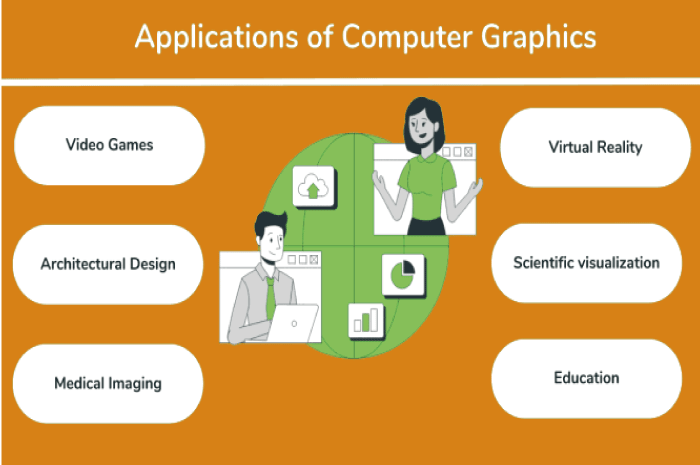
Importance of Computer GraphicsThere are several domains in which computer graphics are crucial now, and their significance is only increasing. The importance of computer graphics is best illustrated by the following main points: DesigningWith the use of computer graphics, it is possible to communicate complicated concepts graphically. This is particularly crucial for industries like architecture, engineering, and product design because envisioning a concept before it is constructed may help save time and money. 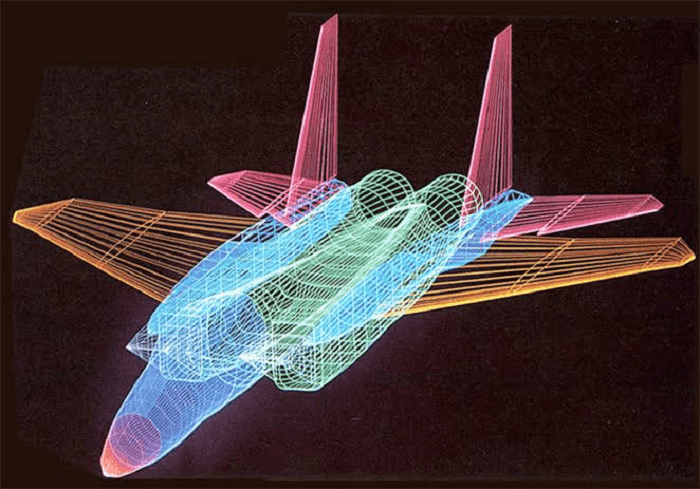
Today, whether a bridge, airport, or expressway is scheduled to be built, a design must first be created for it. That plan calls for development to happen later. Computer graphics have made it feasible to create this design. EntertainmentAn essential part of the entertainment sector is computer graphics. This contains a significant amount of video game, film, and visual effects stuff. Today, computer graphics are used to create and present all movies, web shows, news, etc. In order for all of us to enjoy watching whatever material is inside of it, it must appear authentic to all of you. 
In addition, one must have watched the films and online series for Game of Thrones, Avatar, Matrix, Avengers, Iron Man, Baahubali, The Jungle Book, King Kong, and other popular shows and movies. Virtual effects are also provided in this along with computer graphics. Because of this, the events depicted in those films and web series seem genuine. Education and TrainingComputer graphics are frequently utilized in training and education to assist students in visualizing challenging ideas. Computer animations and visuals may be used to illustrate difficult subjects in a more comprehensible and interesting way. For all pupils, it has improved access to and enjoyment from learning. Teachers in the majority of schools and universities utilize digital tools to help their pupils comprehend their subjects more fully. Therefore, they employ projectors to demonstrate visual materials like photographs or films to dispel any misconceptions that students may have. This allows the teacher to more clearly explain each element of the picture or video that is displayed to the pupils. Consequently, the value of computer graphics in education or learning is essential. Advertising and MarketingAll advertising in today's world now takes place online. In order to provide eye-catching visuals that can communicate a brand's message, computer graphics are frequently employed in marketing and advertising. Animated logos, commercial movies, and other marketing products are nevertheless produced using computer graphics. Since everything is now accessible online, everyone prefers to offer their items online. Marketing and advertising are needed for this. In order to fulfill this criterion, computer graphics are employed. 
For marketing or advertising, famous platforms like Instagram, Facebook Ads, and Google Ads are just a few examples. Products are sealed on all of these channels by marketing via video, ads, or branding. These advertisements, banners, and brand logos were created using computer graphics. Computer graphics are becoming a crucial tool for companies to use to market their products as e-commerce has grown. Customers enjoy a more engaging and realistic buying experience thanks to high-quality product photos and interactive 3D models. Wrapping UpWith the use of computers, computer graphics creates visuals and artistic works. Computer graphics are now a fundamental component of video games, digital art, internet photography, and computer displays. A vast variety of specialized hardware and software are produced for computers, with computer graphics technology enabling displays of the latter. Computer graphics also includes methods such as implicit surface visualization using ray tracing, 3D modeling, vector graphics, user interface design, GPU design, computer vision, sprite graphics, and shaders. Geometric, physical, and optical concepts form the basis of computer graphics. 
According to the most recent research study, the demand for the worldwide computer graphics market's worth & share with regard to of revenue was estimated at USD 25.5 billion in 2022 and that figure is anticipated to surpass USD 35.1 billion by 2030, growing at a CAGR (compound annual growth rate) of roughly 9.1% during the forecast time frame 2023 to 2030. The computer graphics industry research is a crucial resource for information on market prospects, challenges, and development factors. The research on the computer graphics business includes a thorough examination of the competitive environment as well as a geographic market analysis. To assist businesses in making data-driven decisions, the research also examines the stakeholder and investor landscape.
Next TopicConcentration-Definition
|
 For Videos Join Our Youtube Channel: Join Now
For Videos Join Our Youtube Channel: Join Now
Feedback
- Send your Feedback to [email protected]
Help Others, Please Share





